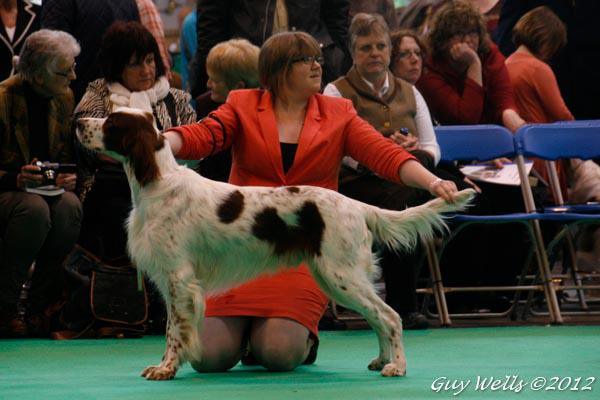The great debate – Junior Handling
There has been a lot of debate recently on forums, Facebook and the dog papers regarding Junior Handling and what is/isn’t correct, what judges should be looking for etc.
This has been something of discussion for many years ringside and amongst friends. Many years ago I remember Jackie Hurley (Jersey Junior Handling Association, JJHA) spent time offering Junior Handling judges days based on her thoughts about handling. Something I have not seen anyone else do. I think she also produced a judges list based on new judges and experienced judges.
My pet hate has always been handlers that can’t perform the basics, although can jump around their dog and want to do patterns maybe not seen in the breed rings!
I like to see handlers who can show their dog to its best advantage. When asked for a triangle I expect to be shown the dogs movement. So when a handler is showing the rear or front movement, the dog should be in the judge’s line of sight without the judge having to move. When showing the side movement, the dogs should be parallel to the judge to ensure the dog’s movement for the judge is seen at the best angle. Therefore straight lines are important; however corners are a different matter. The faster the dog and handler is moving, the harder it is to do a tight turn while keeping the speed. So therefore a good handler will do a turn which will keep the dog moving.
On an up and down, the straight lines are as important as in the triangle, so the judge can view and asses the front and rear movement. The turn at the top can then come into debate. Should it be a show turn (keeping the dog between the handler and judge) or an about turn which will break that rule? The about turn is used in the show ring as taking a dog round you will keep them moving, although sometimes when showing your dog, a show turn is better for a particular dog for a few reasons! So should both be allowed? Or do we keep the challenge for the handlers to not get between the dog and the judge?
So what about send-ons? This can be asked of either when doing circuits or when a handler is asked for a straight up and down and round to the end. In the breed ring we would break the rule of getting between the dog and the judge, but in the handling we would do a movement possibly never seen in the show ring. It’s a movement that has to be trained and isn’t naturally to a dog. I have seen many handlers who can’t seem to gasp this movement. But you do have to train the dog to do this and gain their confidence.
But overall, IN MY OPINION, Junior Handling should be about judging how good the handler is at showing their dog. It doesn’t matter if the dog they take in isn’t the greatest example of it’s breed, or even a crossbreed, but does the handler allow the judge to be able to assess their dog in all ways while blending into the background.
Maybe it’s time to get a group together of ex juniors and parents who can produce a “Breed Standard” blueprint for handlers and have a judges list, seminars etc which will help societies select judges that know about junior handling?




